As a long-time National Park traveler, I have seen a marked shift in the average visitor to public lands. As you read our 2022 Fall Travel Hot List, you’ll see that more travelers want to see the famed and awe-inspiring sights that come along with places like the Grand Tetons or Yosemite’s Dome Rock while also trying to understand the story of the people who lived in these magnificent places for millennia. Some travelers are (finally) seeking out the real story of the Indigenous genocide carried out on some of the most sacred lands in present-day America. There’s a sense that people are willing to understand that brutal past while building toward much-needed repair (again, finally) in hopes of finding common ground in some of the most stunning corners of the country.
It’s not enough anymore to read a couple of plaques in a visitor center telling the story of Indigenous people who “once lived here.” Besides those plaques often being outright lies, Indigenous folks are still here to tell their stories. Travelers are starting to want to hear the stories from the people who stewarded these lands. If we are going to recreate and take our selfies and sometimes even profit off of our social media followings while on Indigenous lands, especially national parks which were often among the most sacred lands of Indigenous people across this continent, we need to spend time listening to the Indigenous people themselves and start learning from them directly.
I had the opportunity to do just that in Idaho this summer through cultural tourism programs. Here is what I learned and why you should consider a similar option for your next trip.
Part 1: What is “Cultural Tourism?”
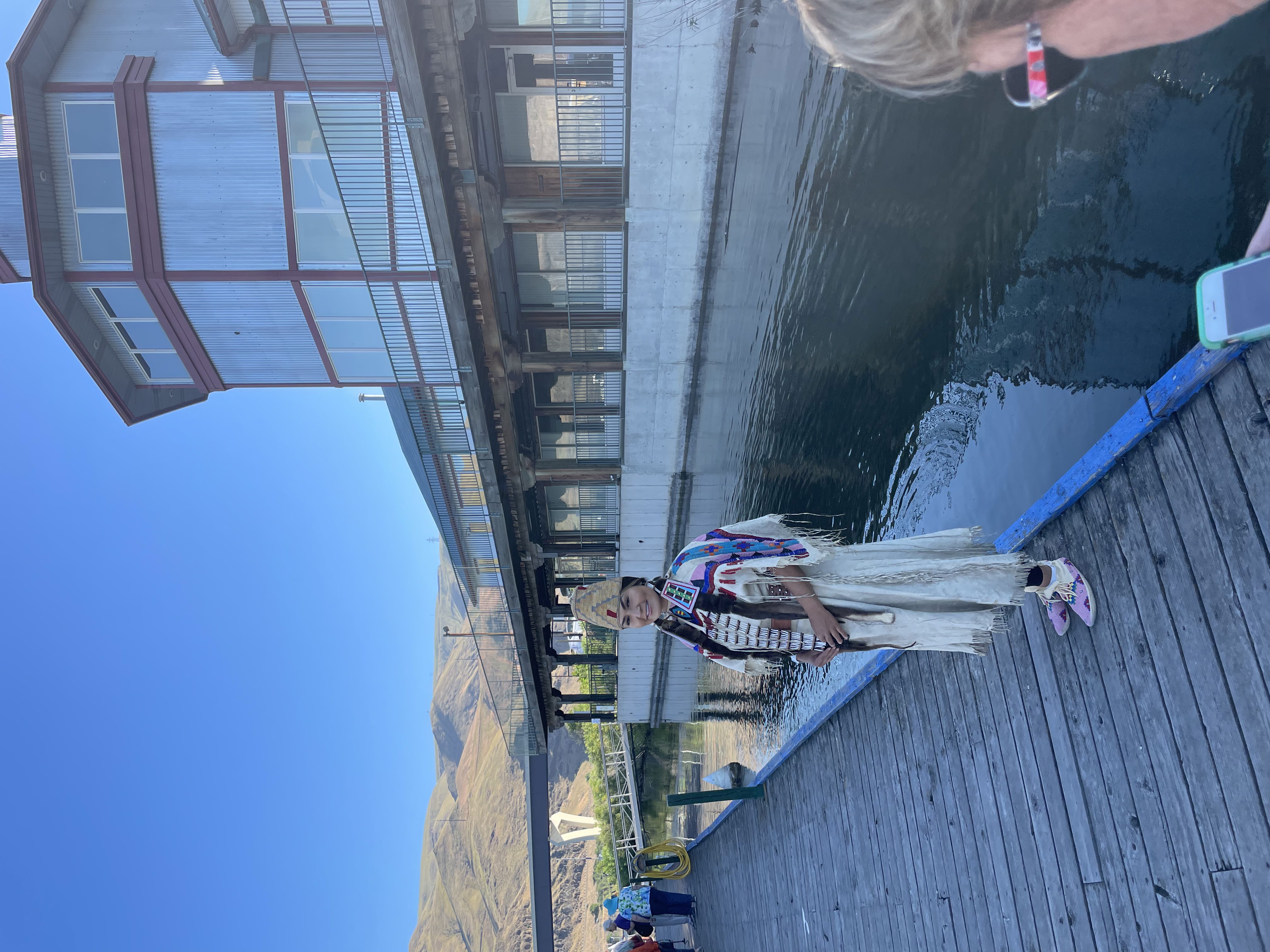
Cultural tourism is just what it sounds like, visiting a place in order to learn more about another culture or place. It’s not just visiting a new city, it’s visiting with the intention to immerse oneself in the culture and people that inhabit and have inhabited that place throughout history.
Cultural tourism is booming as travelers are looking for opportunities to travel with purpose and support local economies. While cultural tourism can be as simple as sampling Indigenous food or visiting a museum on your travels, there are increasingly much more immersive ways to learn as you travel.
It’s important to note that not all cultural tourism operators are necessarily Indigenous-owned, and doing your research on that front is crucial to responsible travel. For too long, the stories of Indigenous people — from Greenland to Sweden to California to Mexico to Argentina and beyond — have been told by second and third-hand colonizers rather than told by the people who are living the experience right now. And that only caused and continues to cause harm.
Part 2: Schitsu’umsh Nation (Coeur d’Alene)

While there are many definitions and ways to experience cultural tourism, I wanted to be fully immersed, specifically with the Coeur d’Alene and Nez Perce Nations in northwest Idaho. So I hopped on a plane for a quick ride to Spokane, Washington, to begin my trip.
I started the week on the Coeur d’Alene Indian Reservation just outside Spokane, heading toward Coeur d’Alene, Idaho. I checked in to Coeur d’Alene Casino Resort — owned by the Coeur d’Alene Nation — and immediately found myself relaxing at Spa Ssakwa’q’n, a beautifully designed spa within the resort.

Coeur d’Alene Casino Resort has stylish rooms, a championship golf course, delicious upscale dining, and a thriving cultural tourism program, including a very popular cultural dinner. I was able to experience the dinner with a visiting tour group during my trip and was captivated the entire time.

During the dinner, we ate a traditional meal while watching members of the Schitsu’umsh nation drum, dance, and tell stories of their ancestors and their lives today. It felt very generous and we all asked questions and learned from their history and stories firsthand.
After watching a gorgeous sunset over the rolling Idaho hills and a nightcap at the resort bar, I was ready for another day of immersion and learning. The next morning, I was fortunate to be able to visit the first Indigenous-owned eagle aviary in the Northwest.
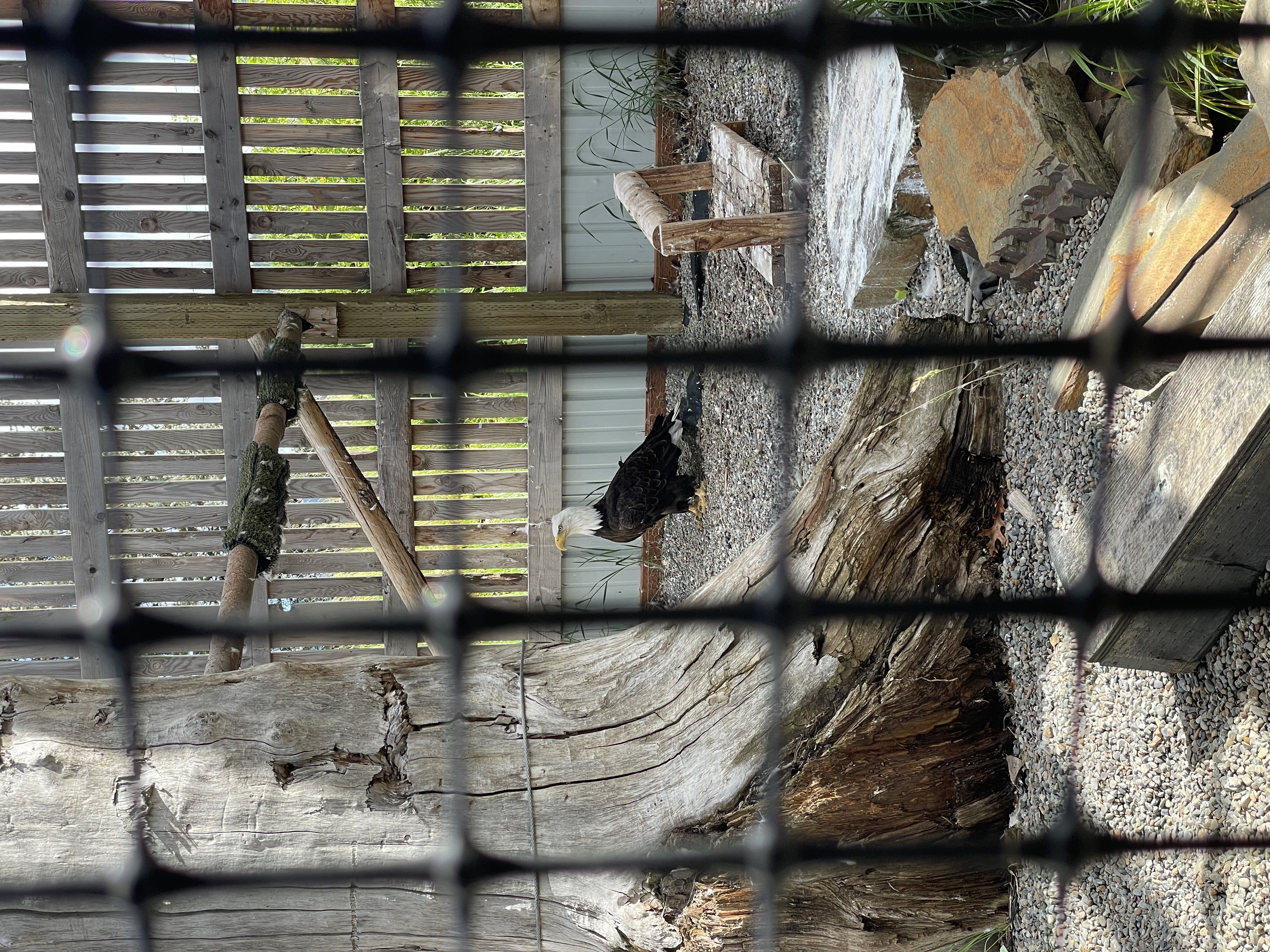
The aviary is also an eagle feather repository, meaning they’re able to collect and distribute naturally shed feathers to tribal members who request them for ceremonies and traditional regalia. It was a very moving and educational experience, all with the backdrop of gorgeous Idaho hills and regal bald eagles chattering away.

Beyond the dinner and aviary, there are many ways to recreate responsibly on the land with the Coeur D’Alene cultural tourism programs through biking tours, canoeing excursions in Heyburn State Park, and tours of the rebuilt The Old Mission at Coeur d’Alene’s Old Mission State Park, which offers a glimpse into early religious colonialism in the area.
Part 3: Nimíipuu Nation (Nez Perce)

After leaving the Coeur d’Alene Indian Reservation, I headed to Lewiston, Idaho, to spend a few days immersing myself in the Nez Perce Nation.
Known as the “Jetboat Capital of the World” with the Clearwater, Snake, and Salmon Rivers all running through the area, Lewiston is the gateway to Hells Canyon, the deepest river gorge in North America. It has long been a top-rated recreation site with many tour operators. However, Nez Perce Tourism’s Hells Canyon Jet Boat tour is the only one owned and operated by Indigenous folks.
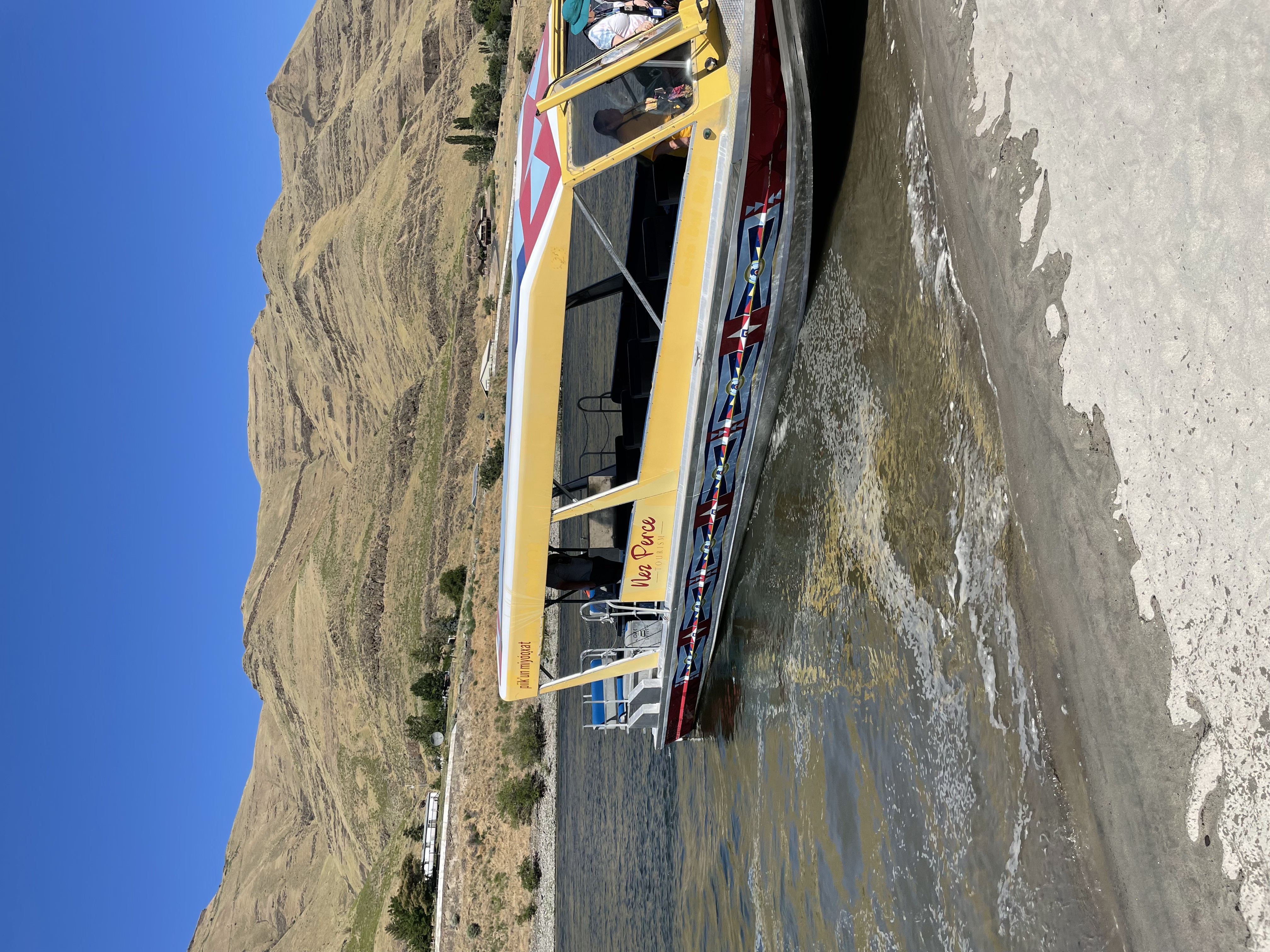
Nez Perce Tourism was founded and is operated by Stacia Morfin, a Nimíipuu citizen, and true powerhouse. Morfin founded Nez Perce Tourism in 2017 after a vision from one of her ancestors while hiking a sacred mountain with her daughter. Her elder instructed her to create a tourism business that would help to preserve Nimi’ipuu traditions and to provide a platform to share the Nimíipuu side of history with others. She conducted intense market research for years before opening in 2019 and has thrived as a cultural and economic driver in the area despite the challenges of the last few years.
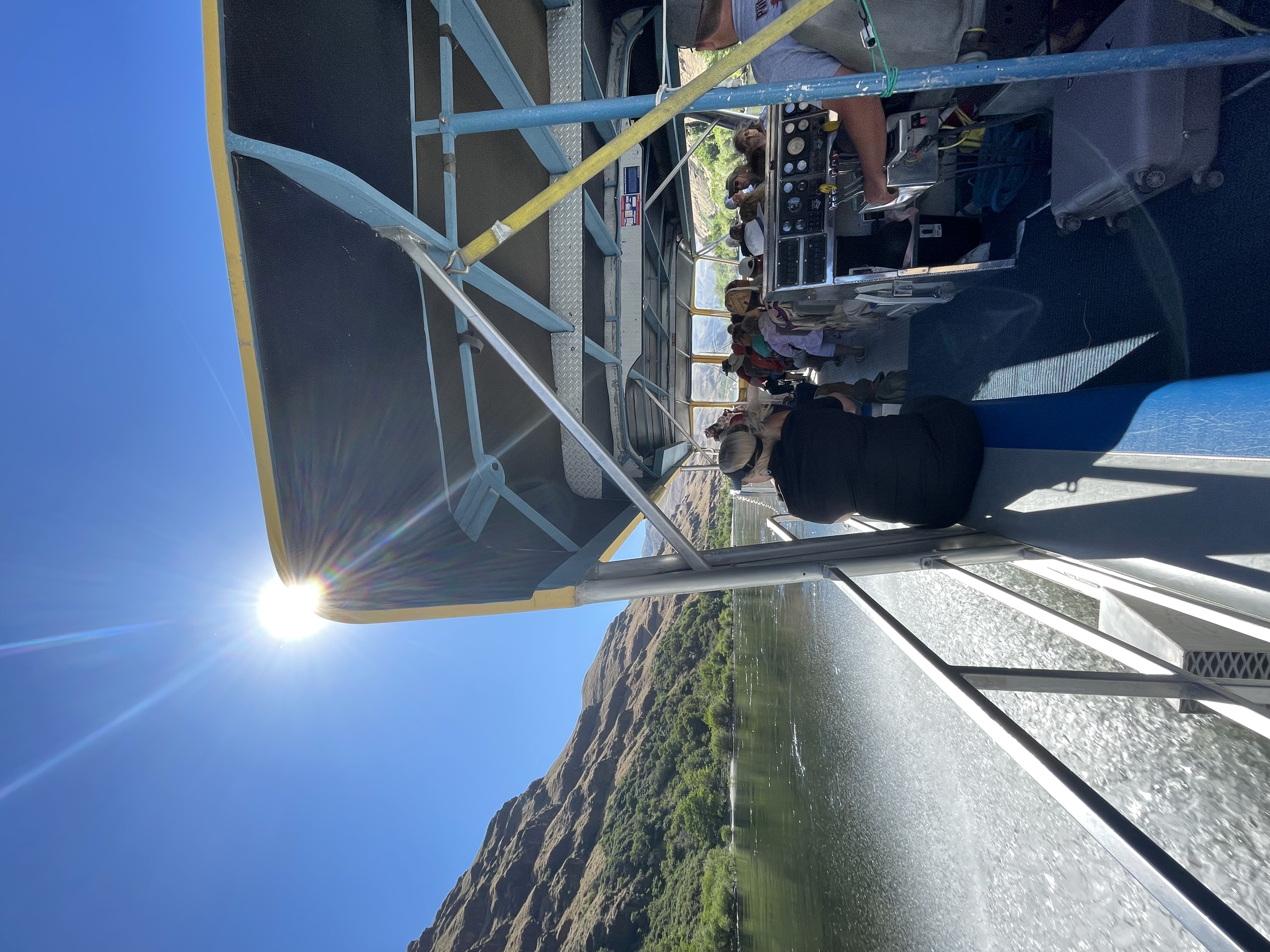
The most popular offering is the Saqánpa Hell’s Canyon Jet Boat Tour, a three-hour tour on the Snake River led by Nimíipuu guides. I was fortunate to experience the tour with Morfin as our guide, who was assisted in song and stories by her uncle. As we floated over the water into the deep canyon, Morfin pointed out sites that are sacred to the Nimíipuu in such a moving and powerful way, sharing a perspective we could never have otherwise.
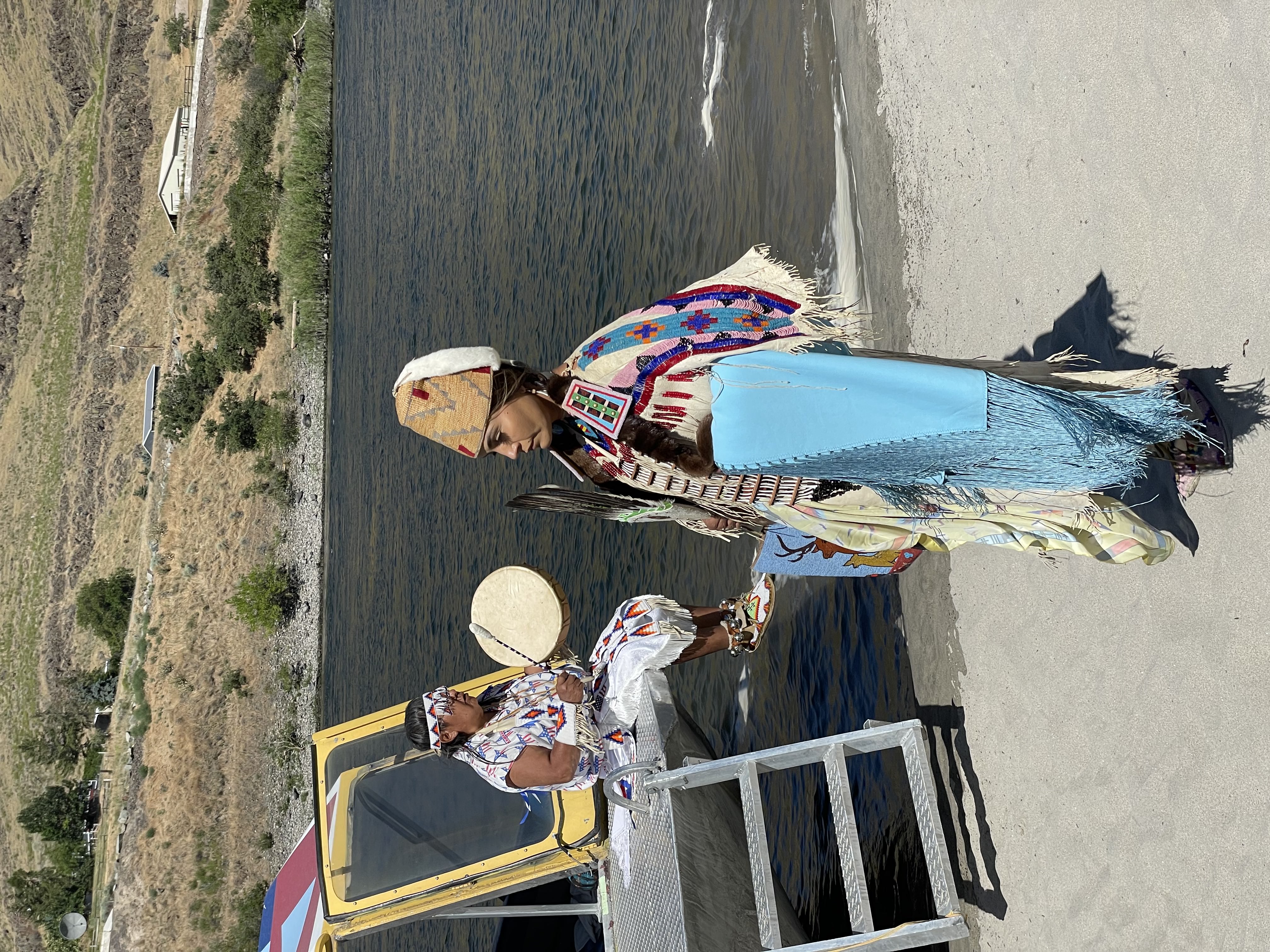
Dressed in full regalia, Morfin guided us to Buffalo Eddy, where she pointed out ancient Nimíipuu petroglyphs on the rocks, helping us to fully understand why this area and this water are sacred to them. We were able to enjoy a traditional dance by Morfin on the banks of the Snake River that was truly transformational and unlike anything I have experienced traveling in the United States. Our group was entirely mesmerized by the experience and filled with gratitude that we were able to visit these places with those who call them home.
Nez Perce Tourism operates several different cultural tours outside of the very popular Hells Canyon Jet Boat Tour, including cultural wine tours, sit and paint, dinner with the Nez Perce, Appaloosa horse riding, and even whitewater rafting. You can also opt to book several day experiences to fully immerse yourself into the culture.

The next day, I was happy to visit the Lewis and Clark Discovery Center in Lewiston, where Morfin led us all in a sacred smudging ceremony and explained the significance of the area to the Nimíipuu.
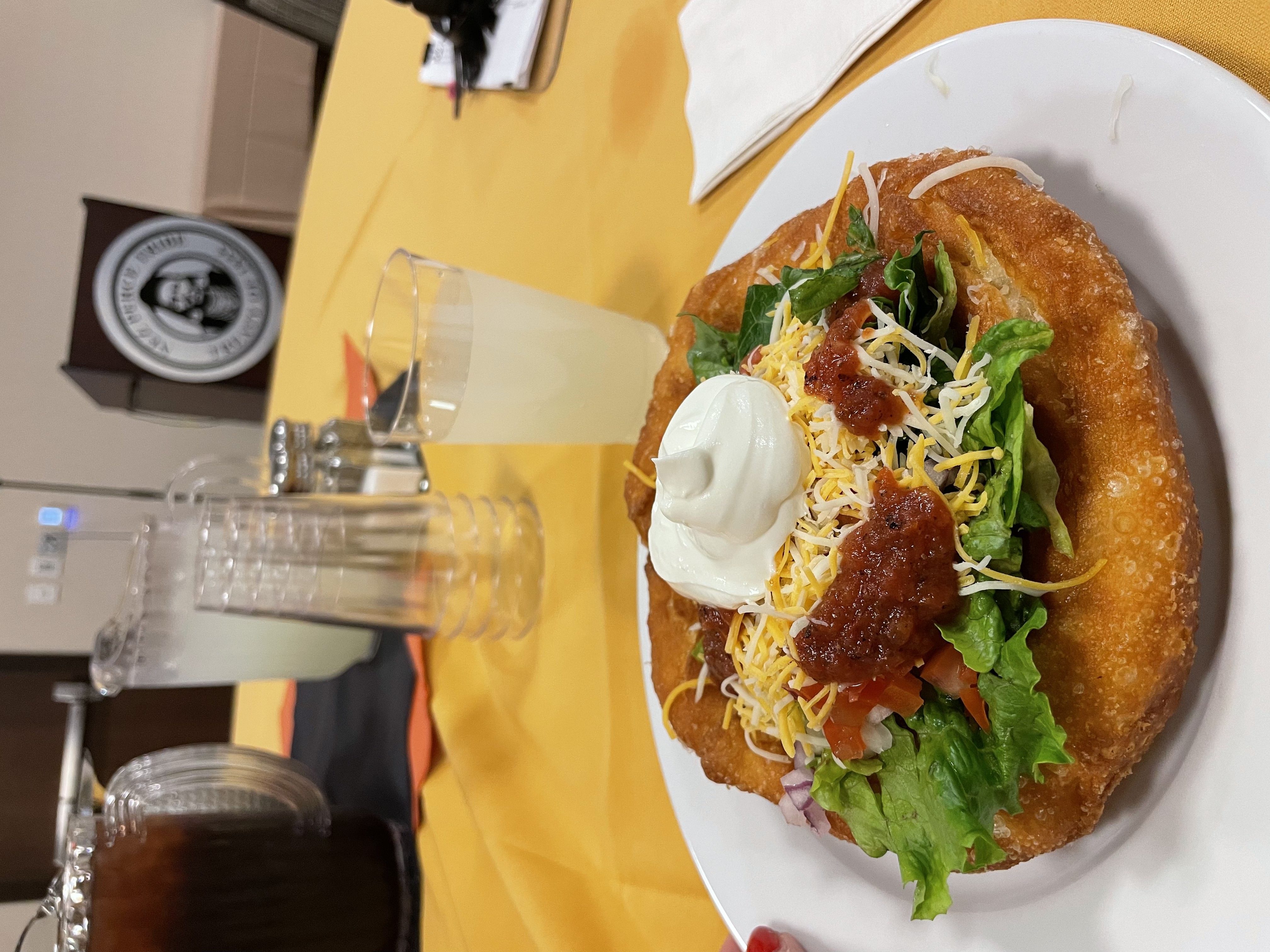
After a filling and delicious lunch of fry bread tacos at the Nez Perce-owned Clearwater Casino, we hopped back on the bus towards The Nez Perce National Historic Park. The historic park is managed by the National Park Service and spans over four states and 38 locations that are significant to the Nimíipuu tribe. Nez Perce Tourism offers guided trips to the park as well as Lewis and Clark Discovery Center, both led by Nimíipuu guides who will give you a much-needed perspective on those time-worn stories usually only told by the white colonizers.

At the historic park, we were able to participate in a tipi program led by a park ranger — who was also a Nimíipuu tribal member — and explore The Wetxuuwíitin’ Collection of artifacts in the museum. Throughout the day, Morfin never seemed to tire. She’s an incredible guide who’s able to recount stories from her ancestors beautifully while answering any and all questions with an honesty and warmth that is extremely admirable. Her passion for her mission is clear and she is changing the tourism landscape in Northern Idaho and within the United States as a whole.
These are stories you won’t find in history books but have been passed down through generations, and it is an honor to be able to hear them from the people who live them.







